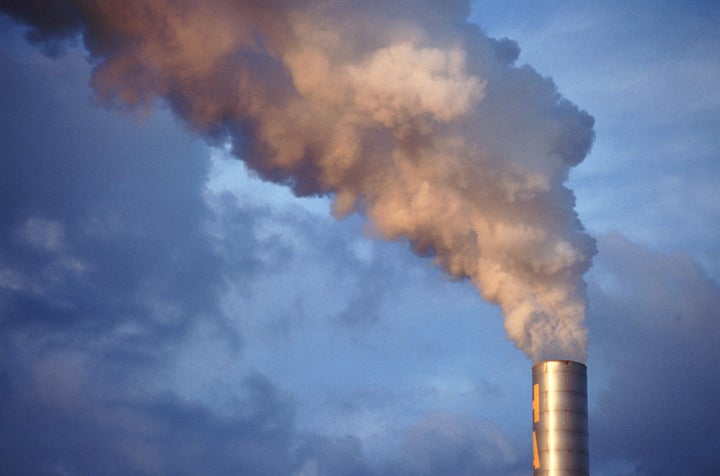
On June 15, The Senate Environment and Public Works Committee (EPW) met to hear testimony from varied experts on the Clean Air Act. The points of view that would be championed were previewed in the opening statements of Chairwoman Sen. Barbara Boxer (D-CA) and the ranking member of the committee Sen. James Inhofe (R-OK).
Boxer pointed to the deep bi-partisan roots of the Clean Air Act, which was initiated by Richard Nixon in 1970 and amended by George H.W. Bush in 1990 with the goal of addressing four key hazards: urban air pollution, stratospheric ozone depletion, toxic air emissions, and acid rain. There was a subtext of irony to the observation. Currently, pushback against the EPA's efforts to move forward on regulating mercury and other air toxins from power plants has fallen strikingly along party lines.
Boxer focused on how proposed safeguards would reduce lead, mercury, and chromium emissions -- recognized causes of cancer and birth defects. Inhofe invoked concern for families, referencing the "fiscal card" and the "sweeping job losses we expect from EPA's rules." Both senators are strong advocates for their respective points of view, and that support has been documented by donations to their political coffers. In 2010, Boxer received $187,392 from "environmental interests." Inhofe racked up $602,000 from the "oil and gas industry" PACs.
Testimony was heard from EPA Administrator, Lisa Jackson; American Nurses Association representative Sarah Bucic; pediatric authority Dr. Jerome A. Paulson; pulmonary specialist Dr. Alfred Munzer; behavioral scientist Dr. Harvey Brenner; and Cathy Wollums, Senior VP of the MidAmerican Energy Holdings Company.
According to the EPA, the Clean Air Act will have saved $2 trillion dollars by 2020, in addition to the lives of 230,000 American citizens. However, the consistent opposition mantra is that further efforts to reduce air pollution is too costly, as well as being a jobs buster.
Boxer, who maintains that "more work needs to be done" to protect families from the asthma and lung disease triggered by smog and air pollution, had her assertions backed up those in the health field who had come to speak. Inhofe, who in his statement referenced his belief that the Clean Air Act hurts working families, had the assertions of Brenner and Wollums reinforcing his point of view. It should be noted that many of the factories that are responsible for toxic emissions are sited in poor urban and rural communities, which are both underserved and lack the clout or resources to advocate for themselves.
Just days after the hearing, there were two gatherings in Minneapolis that reflected the very different outlooks of Boxer and Inhofe -- the progressive Netroots Nation and the conservative Right Online. There was a panel at Netroots Nation entitled "Dirty Energy: The Fight Against Coal, Oil, Natural Gas and Nuclear Power," which I tuned into. One panelist pointed to how economic fears are being used to drive an anti-regulatory agenda. He posited that when people understood the health impacts of air and water pollution, their perspective would widen. His takeaway was, "Parents don't want their kids to be sick."
Let the games begin.
This article was written for the blog Moms Clean Air Force.
Photo courtesy of the U.S. Senate Environment and Public Works Committee.
